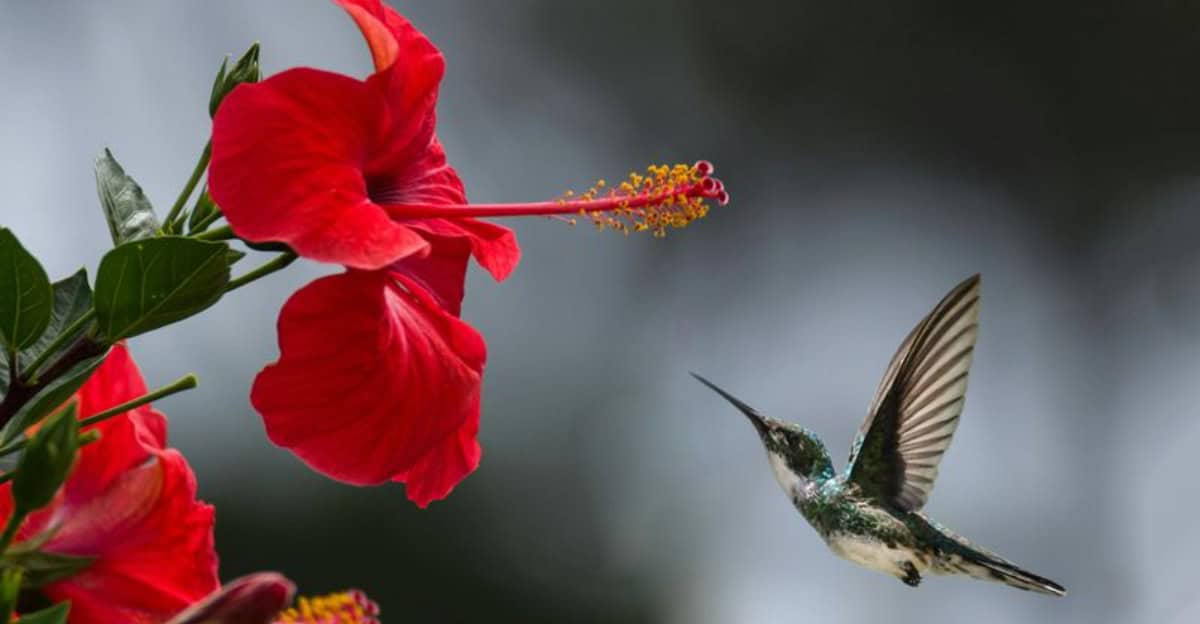Transform your garden into a tropical paradise with vibrant hibiscus blooms.
These stunning flowers not only add a splash of color but also create an exotic ambiance that reminds you of island getaways.
Follow these 10 tips to grow hibiscus plants and enjoy a lush, tropical garden feel.
1. Choose the Right Location

Ensure your hibiscus thrives by selecting a sunny location. These sun-loving plants need at least six hours of sunlight daily.
Position them where they can bask in the morning sun while receiving some afternoon shade. This balance helps promote vibrant blooms and lush foliage. Consider their love for warmth!
2. Ideal Soil Conditions
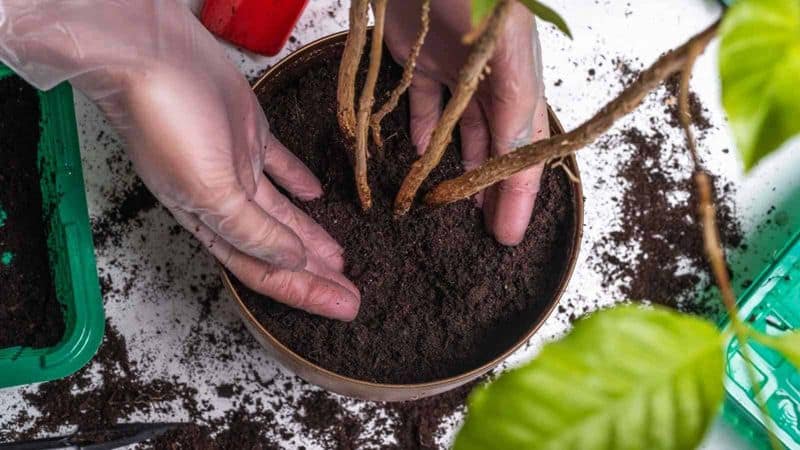
Hibiscus plants flourish in rich, well-draining soil. Mix organic matter like compost or peat moss to enhance soil fertility.
Ensure the soil’s pH remains slightly acidic, around 6.0 to 6.5. This encourages strong root development, leading to healthy plants with abundant blooms. Remember, well-prepared soil is key!
3. Mindful Watering Techniques
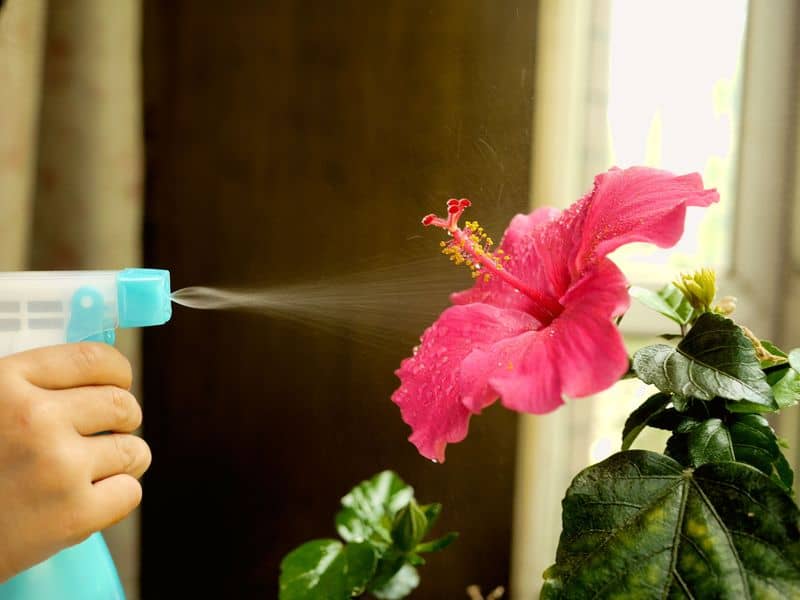
Water hibiscus plants carefully to keep the soil consistently moist. Avoid overwatering, as soggy soil may lead to root rot.
Use a gentle watering can to distribute water evenly, ensuring it reaches the roots. Monitor the soil moisture level and adjust watering frequency based on weather conditions to maintain plant health.
4. Temperature Considerations

Hibiscus plants adore warm temperatures. Keep them in environments where temperatures stay above 60°F (15°C).
Protect them from cold drafts and sudden temperature drops. During winter, if outdoor temperatures fall, consider moving them indoors or providing cover to ensure their survival and continued growth.
5. Pruning for Vibrancy

Prune hibiscus regularly to promote vigorous growth and flowering. Trim dead or overcrowded branches, allowing sunlight to reach inner parts.
This encourages new growth and enhances air circulation, preventing disease. Pruning also shapes the plant, making it aesthetically pleasing and ensuring it remains a garden centerpiece.
6. Feeding and Fertilization
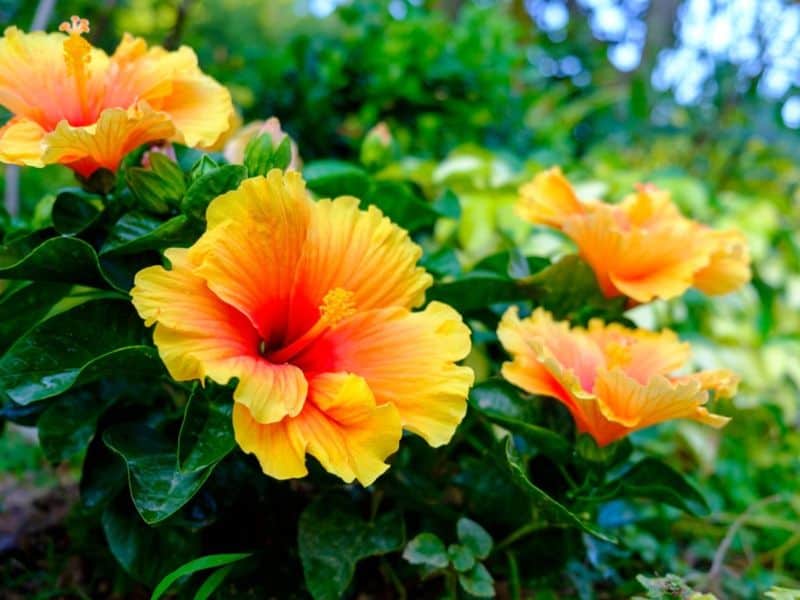
Feed hibiscus regularly with a balanced fertilizer high in potassium. This supports flowering and overall plant health. Apply fertilizer every two weeks during the growing season.
Avoid over-fertilizing; it may hinder growth. Proper feeding ensures your hibiscus remains vibrant and lush, transforming your garden into a tropical haven.
7. Pest and Disease Management
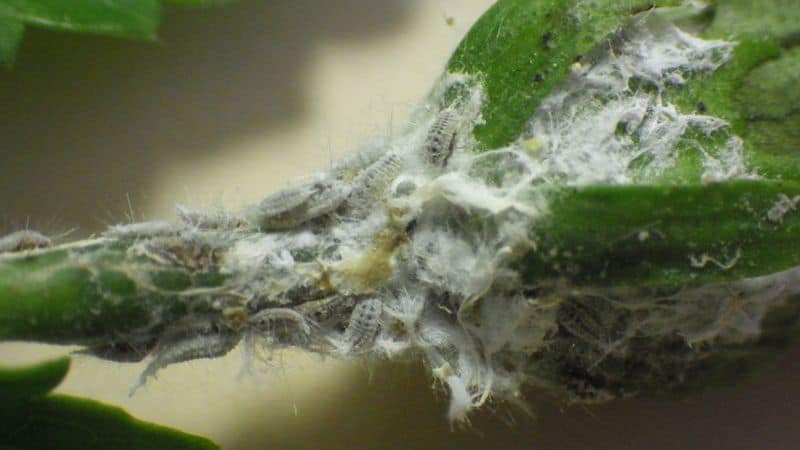
Keep an eye out for common pests like aphids and spider mites. Use organic pesticides or insecticidal soap to protect hibiscus plants.
Regularly inspect leaves and stems for signs of disease or infestation. Early intervention keeps plants healthy and blooming. Remember, vigilant care ensures a thriving hibiscus garden!
8. Container Gardening Strategies

Plant hibiscus in containers for flexibility. Use pots with good drainage and fill with quality potting mix.
Containers allow easy relocation to catch the best sunlight or move indoors during colder months. Ensure containers have adequate size for root growth, promoting healthy plants with stunning blooms.
9. Companion Planting
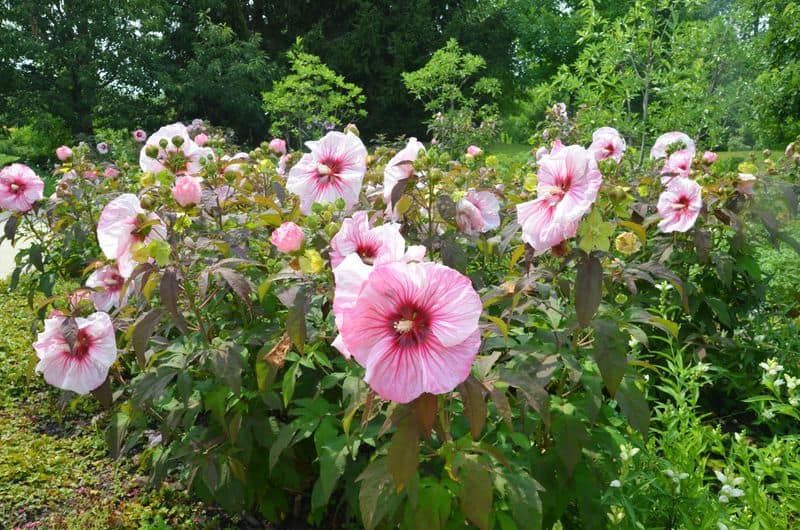
Pair hibiscus with complementary plants to enhance garden aesthetics. Consider tropical companions like palms, ferns, or bird of paradise.
These create a harmonious environment and support biodiversity. Companion planting also aids pest control by attracting beneficial insects, making your garden a vibrant, thriving ecosystem.
10. Seasonal Care Tips

Adjust hibiscus care with seasons. In summer, increase watering and shade if necessary.
As fall approaches, reduce feeding to prepare for dormancy. In winter, protect from frost and reduce watering.
Seasonal adjustments ensure your hibiscus remains healthy and vibrant year-round, creating an ever-changing tropical display.

